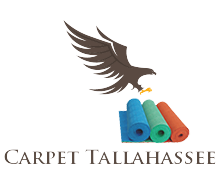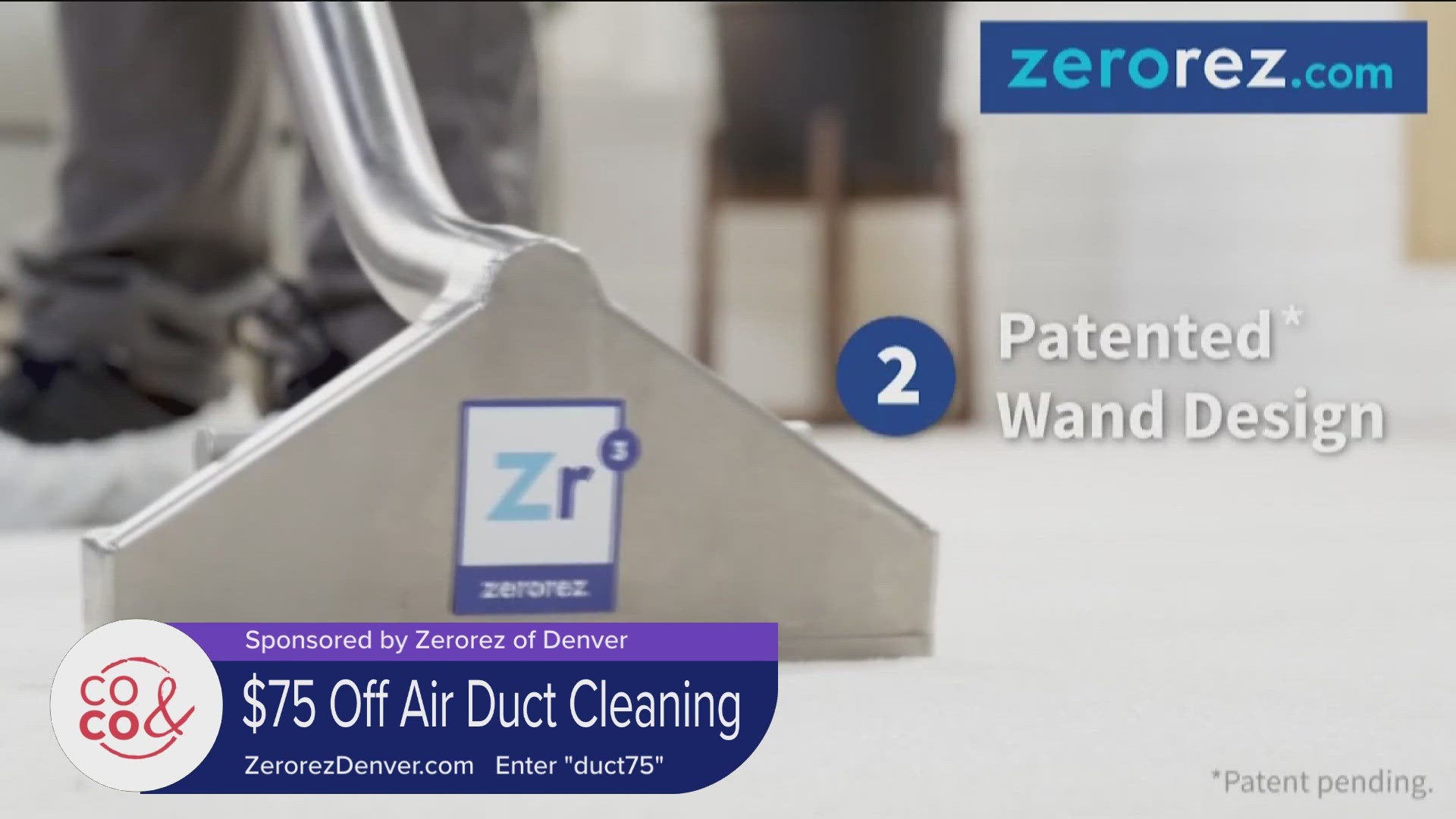The Right Tools in the Right Hands
The tools necessary for keeping carpets clean and maintained are a vital component of the overall process and must be cleaned and maintained themselves. The wrong or poorly maintained tools can result in poor outcomes.
“Our equipment is logged in our CMMS program and receives regular preventive maintenance for wear items (switches, brushes, valves, etc.),” explains Steger. “We stress that our equipment should be put away after each use. This isn’t always truly practical, but being sure the tanks are rinsed, the pumps are run with clean water, any debris is removed from the brushes, and the entire piece is wiped clean after each use will ensure a long service life.”
Properly trained technicians are the human component of professional carpet care.
“Our entire housekeeping team is trained in their area of the effort,” Steger says. “Housekeepers are tuned in to the daily/routine vacuuming and spot cleaning, and our project techs are skilled in the various techniques they use for cleaning. For us, this is more of a hands-on experience, with skilled technicians showing newer techs how they perform the work. When we have new equipment, the manufacturer’s representative will come and train us in how to use the equipment, as well as ensure we understand how often that particular machine would be deployed.”
Uresti also sees trained staff as vital to good carpet care.
“Our supervisors provide specific training on carpet care with the help of our vendor partners on new and existing equipment,” he says.
Protect Your Investment
Ultimately, a facility’s carpeting is an investment in that facility’s value. The longer a carpet lasts, the less it will cost a building’s owner. An established carpet cleaning and maintenance program — built on good practices and information to help avoid potential pitfalls — can extend the life of carpet by 5-10 years, depending on the facility and traffic patterns. This can add up to tens of thousands of dollars in savings a year.
“Facility cleaning managers should treat their flooring as an asset,” observes Steger. “Carpets should be no different than HVAC units, furniture, or our fleet vehicles. We have programs in place to ensure the ongoing care and maintenance of those assets. We should do the same for our carpeting.”
Shannon O’Connor is a freelance writer from Mason, Ohio.
Tips and Tricks for Maxing Out a Carpet’s Lifespan
POSTED ON: 11/17/2022












